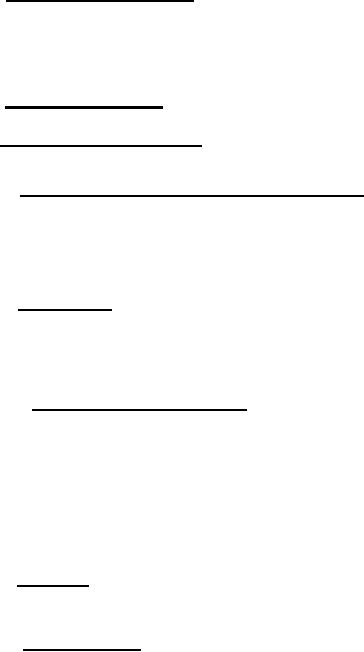 |
|||
|
|
|||
| ||||||||||
|
|  MIL-E-23457B(SHIPS)
4.4.2.5.1 Air starting test data. The following data shall be obtained:
The minimum quantity of air, expressed in ft3 of free air at gage pressure of
(a)
14.7 lb/in2 and 68F necessary for each of ten successive starts, including
the cold start.
(b) The minimum air starting pressure at which the engine will start within the 5
second time limits.
4.4.2.6 Regulating governor. Tachographic records of engine speed changes shall be
made to determine compliance with 3.8.8.
4.4.2.7 Overspeed limited device. During the overspeed test, the regulating governor
shall be made inoperative. The engine speed shall be increased above rated-speed until the
overspeed limiting device acts to determine the r/rein at which the overspeed device is set.
4.4.2.8 Maneuver test for direct reversing engines. The direction of rotation of
#
the engine shall be reversed by power a total of 100 times. Full-load shall be applied
between each reversal. The time for reversal shall be determined to demonstrate compliance
with 3.8.8.3. The total quantity of air used in the 100 reversals shall be recorded and the
average quantity for each reversal calculated in ft 3 of free air at a gage pressure of
14.7 ib/in2 and 68F. The minimum air pressure and time at which a reversal can be accom-
plished shall be determined.
4.4.2.9 Shock tests. Shock tests shall be conducted in accordance with the grade A,
#
hull mounted requirements of MIL-S-901 and as amplified herein. The complete propulsion
unit including the engine, marine gear (if attached directly to the engine) , instruments,
controls, and attached and detached accessories shall be tested as a principal unit using
the heavy-weight shock machine specified in MIL-S-901. Assemblies and subassemblies com-
prising the complete propulsion unit to be tested shall be those actually made for and
furnished under the contract.
4.4.2.9.1 Preparation for shock tests. The engine manufacturer shall carefully examine
#
the unit in order to detect any flaws or undesirable conditions that might contribute to
shock damage or be mistaken for shock damage during the post test examination. Instrumenta-
tion and pretest measurements shall be as follows:
(a) Velocity pickups, high speed movies, instruments for monitoring unit operation,
and provisions for remote shut-down.
(b) Scribe lines or punch marks shall be made to indicate the exact location of
attached accessories, components, and major housings to detect any movement
during the test.
-
(c) Crankshaft deflection shall be checked by the engine manufacture.
(d) Initial start-up and checkout shall be conducted under the guidance of the
engine manufacturer's representative.
4.4.2.9.2 Mounting. The propulsion unit shall be mounted on the floating test plat-
#
form at the same rake angle as the intended ship installation. Detached accessories shall
be mounted on a fixture capable of accommodating the accessory and shall be welded to the
inner deck, if deck mounted, or to the side of the barge.
4.4.2.9.2 Test procedure. During the five shots specified in MIL-S-901, the combina-
#
tion of engine operation mode and horizontal distance of the charge shall be rated idle speed
at 60, 40, and 20 feet and shut-down at 30 and 25 feet. During and after the shots where
idling is specified, the engine shall continue to run for a minimum of 5 minutes. Minor
damage that does not impair the operation of the engine may be corrected during the test.
Major damage as described in 3.4.7.1 shall be cause for termination of the tests. The
decision as to whether damage is major or minor shall be made by the representative(s) of
the command or agency concerned and engine manufacturer at the test site. In case of
disagreement, the matter shall be referred to the command or agency concerned for final
decision.
#
4.4.2.9.3.1 Where the total weight of the propulsion unit is less than 6000 pounds,
the medium-weight shock test machine described in MIL-S-901 may be used. The engine shall
run at idle speed during the three blows where the engine is mounted in its normal operating
rake angle and shut-down during the three shots where the engine is inclined 30 degrees.
25
|
|
Privacy Statement - Press Release - Copyright Information. - Contact Us |